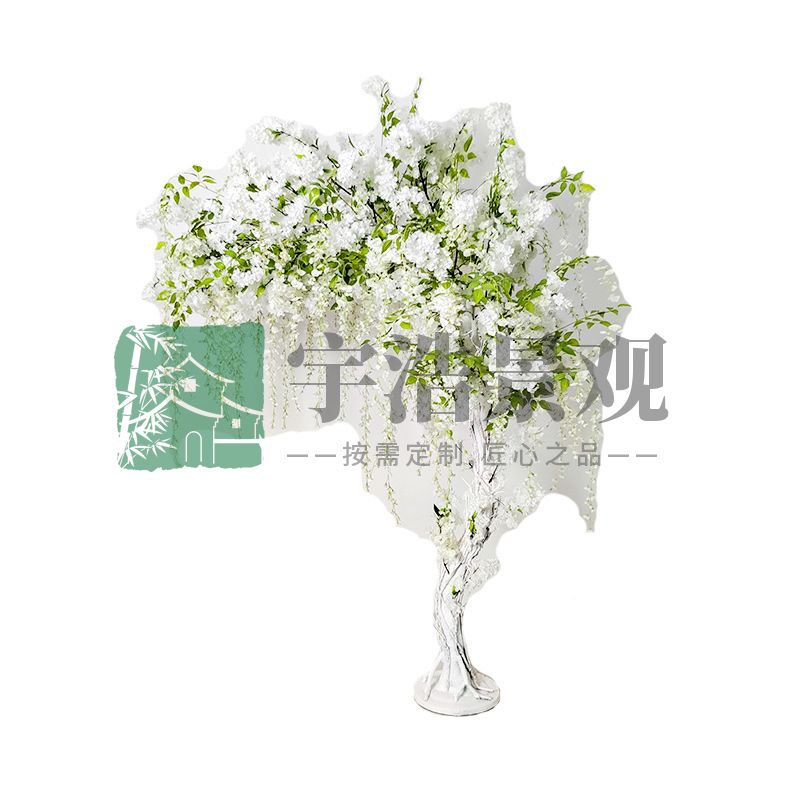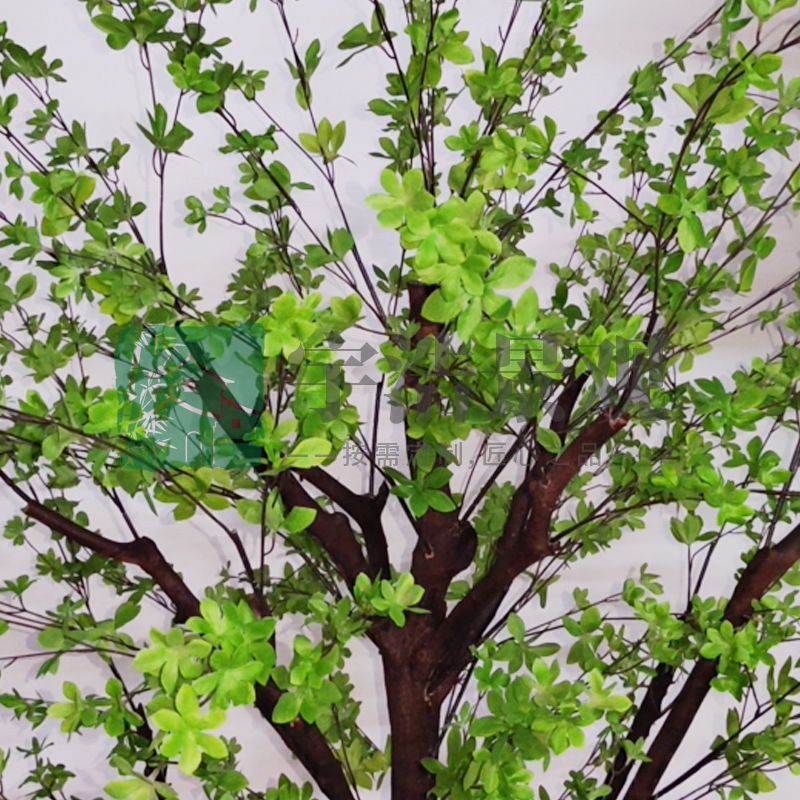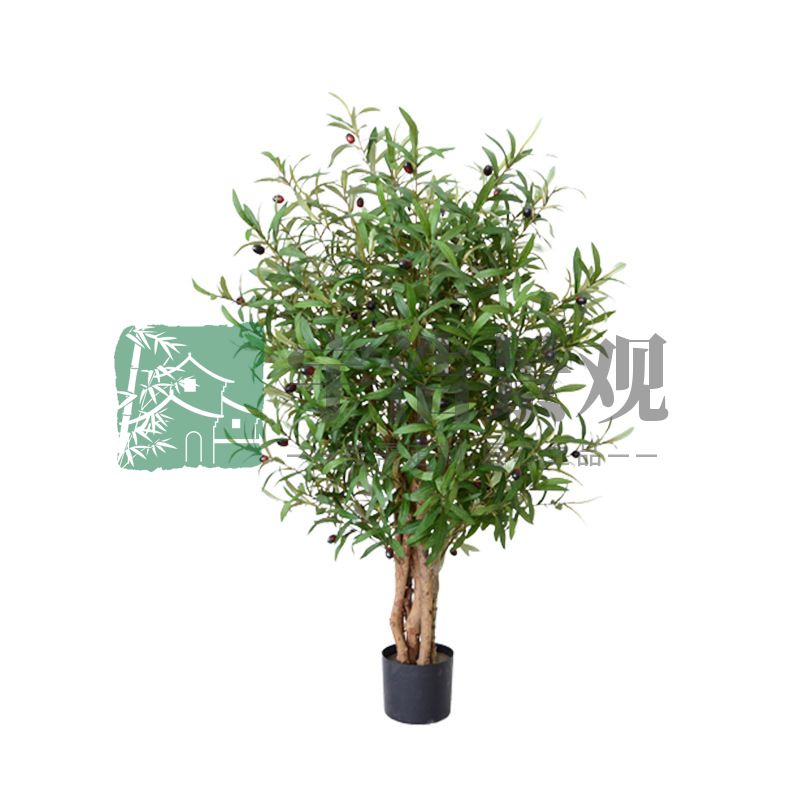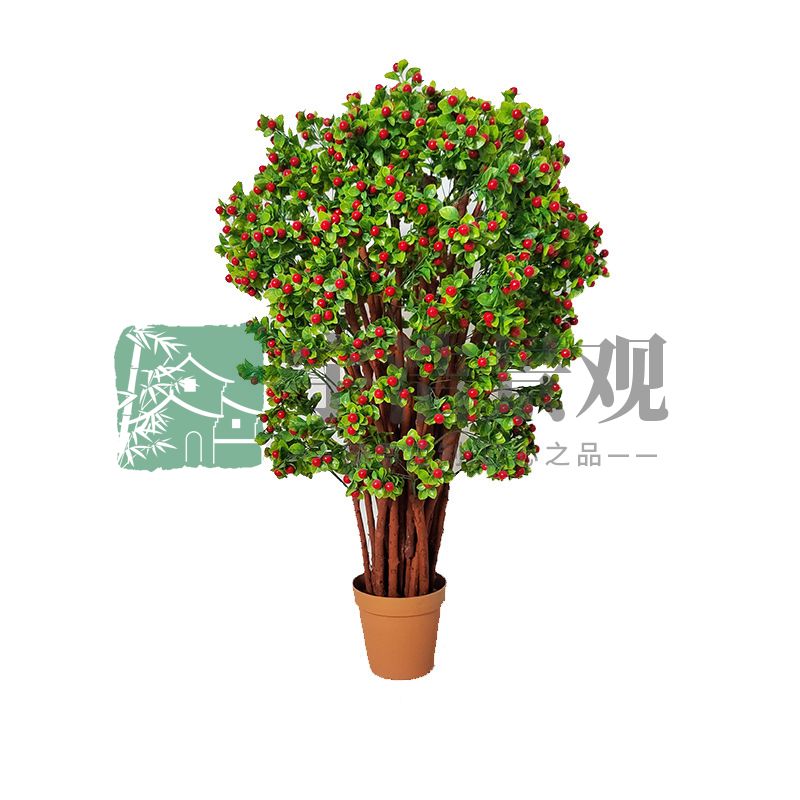词汇表:
芭蕉树 - banana tree
城市景观 - urban landscape
防火 - fire prevention
优势 - advantage
风险 - risk
Banana Tree as Urban Landscape: Analysis of its Fire Prevention Advantage and Risk
Urban landscape is not only about aesthetics but also about safety. One way to enhance safety is by using plants that have fire prevention advantages. One such plant is the banana tree or 芭蕉树. In this article, we will analyze how banana trees can contribute to fire prevention in urban landscapes while also identifying potential risks associated with them.
Advantages of Banana Trees in Fire Prevention:
Banana trees are known to be moisture-retentive, which means that they possess the ability to resist fire. The moisture content in banana leaves is relatively high, which reduces the risk of the plant catching fire or spreading it to surrounding objects.
Moreover, banana trees have a shallow root system, which makes the soil around them moist. This feature eliminates the potential of fire spreading underground, which can be disastrous in cities where underground utilities are prevalent. Therefore, bananas trees can be strategically placed around underground pipelines to prevent any fire accidents.
Another fire prevention benefit of banana trees is their ability to grow fast and dense. As a result, when strategically placed, they can work as a physical barrier that can slow down the spread of a fire.
Therefore, banana trees can be used in urban landscapes to create a safer environment by reducing the risk of fires and slowing down the spread of fires.
Risks Associated with Banana Trees in Urban Landscapes:
While the banana tree might have fire prevention advantages, there are potential risks related to having them in urban landscapes. Some of these risks include:
The banana tree produces a significant amount of leaves, which can accumulate and dry up, increasing the risk of fire. Therefore, proper maintenance and regular pruning are required to keep the plant healthy and reduce the accumulation of dry leaves.
Banana trees can grow up to 30 feet tall, which can bring the risk of falling branches. Falling branches can cause damage to surrounding properties, and in some cases, endanger people's lives. Therefore, regular inspection of the tree's branches and stems is critical to identify any weak points and prevent them from falling.
Banana trees produce a fruit that can attract animals such as rats and squirrels. These animals can cause damage to the environment surrounding the tree and spread diseases. Therefore, regular cleaning of the tree's surroundings is necessary to prevent animal invasion and subsequent risk.
In conclusion, the banana tree can be a valuable addition to urban landscapes due to its fire prevention advantages, such as being moisture-retentive, growing fast, and having a shallow root system. However, to harness these benefits, proper maintenance and regular pruning are crucial.
Moreover, there are potential risks associated with having banana trees in urban landscapes, such as the accumulation of dry leaves, falling branches, and animal attraction. Hence, thorough inspection, cleaning, and maintenance should be implemented to ensure a safe and vibrant urban landscape.








